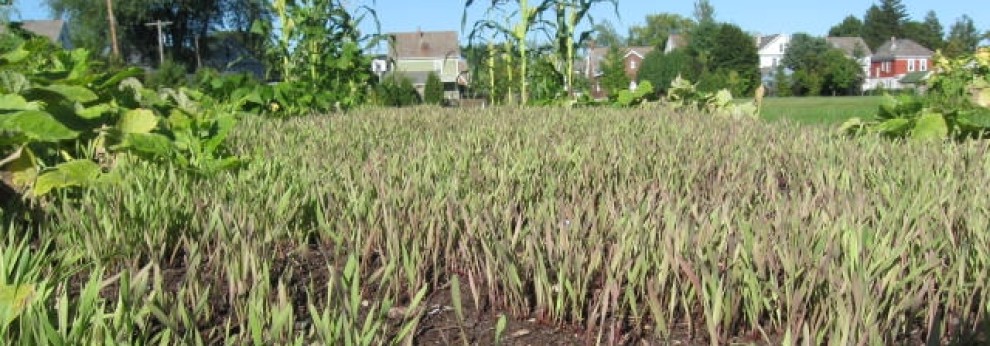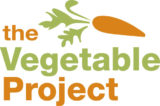 Satisfying as it was to bring immeasurable excitement to 39 classes and one after-school program by building 750 miniature greenhouses with 750 Albany students from late February 2023 to late March, the initiative is a work in progress – as perhaps all ambitious undertakings should remain long after launching. So here are a few notes to ourselves to keep in mind as we think about trying again in less than a year:
Satisfying as it was to bring immeasurable excitement to 39 classes and one after-school program by building 750 miniature greenhouses with 750 Albany students from late February 2023 to late March, the initiative is a work in progress – as perhaps all ambitious undertakings should remain long after launching. So here are a few notes to ourselves to keep in mind as we think about trying again in less than a year:
We spotted germination of seeds sown inside our milk jug  miniature greenhouses early, on March 19. We saw considerably more by April 1 and quite a bit more than that by April 10. And we opened a few up on April 11 and potted up some plants and moved others to garden soil. And we could open many more now, on April 17. This serves to remind that we ought to be prepared to start caring for live plants much earlier than we were thinking this year. Most of all, that means planning with our teacher partners to ensure that the insides of the jugs stay well hydrated during warm dry patches and even over weekends and school vacations. It also means some serious conversations with the same teacher partners about how much more meaningful educational tools the project will be when they and their students and perhaps their colleagues play a meaningful role in caring for live plants.
miniature greenhouses early, on March 19. We saw considerably more by April 1 and quite a bit more than that by April 10. And we opened a few up on April 11 and potted up some plants and moved others to garden soil. And we could open many more now, on April 17. This serves to remind that we ought to be prepared to start caring for live plants much earlier than we were thinking this year. Most of all, that means planning with our teacher partners to ensure that the insides of the jugs stay well hydrated during warm dry patches and even over weekends and school vacations. It also means some serious conversations with the same teacher partners about how much more meaningful educational tools the project will be when they and their students and perhaps their colleagues play a meaningful role in caring for live plants.
Vegetable Project volunteers have the enthusiasm to pack more action into each class period of making greenhouses than we suspect most school district education leaders even understand is happening in the classrooms and cafeterias and hallways. It is in everyone’s interest, however, that we redouble efforts to ensure that our teacher partners in fact are partners in pulling off what feels at times like a high wire act, as opposed to appreciative recipients of the fruits of our labor. This likely means asking teacher partners to think out loud with us many months before February about how they can work toward taking more responsibility for making this activity work, so that the volunteers can bring it to more of their counterparts around the school district and cook up more hands-on learning opportunity ideas.
Frantically turning plastic gallon milk jugs into miniature greenhouses within class periods, meaning sometimes in 40 minutes, would likely mean so much more to students if we introduce them to the amazing potential packed into seeds a week or more before the building activity. This likely means germinating seeds on paper towels inside plastic bags and in other settings so that students can see day by day what happens when moisture penetrates a seed coating. And it likely means exploring the physical structure of seeds as is only possible when every student has the opportunity to dissect large specimens with enough helping hands nearby to provide ample one-to-one assistance. We are committed to developing this new phase of the project well before February 2024. But we’ll certainly benefit from partnership with teachers through rounds of pilot testing of ideas.
We have our work cut out for ourselves. Building more teaching and learning around doing and touching and tasting and experiencing, however, is bound to make a meaningful difference in the lives of students who are not thriving today.
–Bill Stoneman



